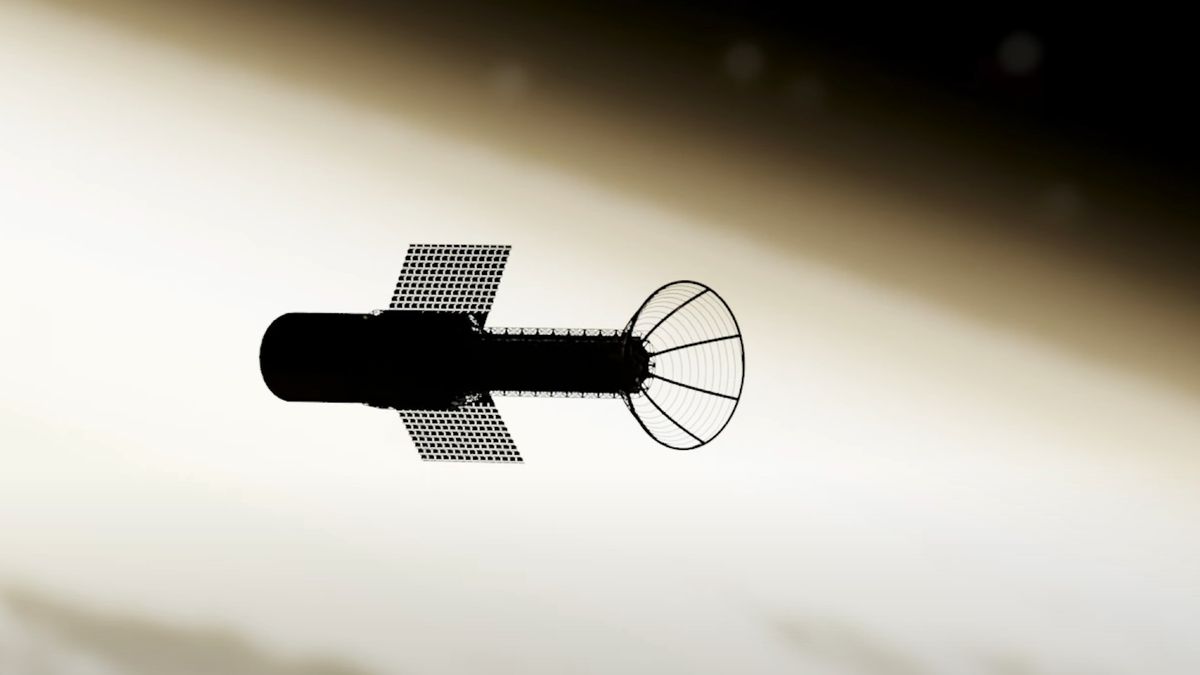 Source: Found here
Source: Found hereIn The News:
Ed Dwight, 1st Black astronaut candidate, exults after suborbital launch (video) | SpaceIn 1961, President John F. Kennedy selected Dwight to train at the U.S. Air Force's Aerospace Research Pilot School. ARPS was widely regarded as a conduit into NASA's astronaut corps at the time, so the pick made Dwight the United States' first Black astronaut candidate.
He never moved beyond "candidate" status, however: Though Dwight completed his ARPS training and the Air Force recommended him for the astronaut corps, NASA didn't choose him.
So Dwight never made it to the final frontier ⁘ until yesterday (May 19), when he flew to suborbital space and back with Blue Origin , on the company's NS-25 mission .
An innovative rocket system could revolutionize future deep space missions to Mars, reducing travel time to the Red Planet to just a few months.
The goal of landing humans on Mars has presented a myriad of challenges, including the need to quickly transport large payloads to and from the distant planet, which, depending on the positions of Earth and Mars, would take almost two years for a round trip using current propulsion technology.
The Pulsed Plasma Rocket (PPR), under development by Howe Industries, is a propulsion system designed to be far more efficient than current methods of deep space propulsion, enabling the trip between Earth and the Red Planet to be made in just two months. Specifically, the rocket will have a high specific impulse or Isp, a measure of how efficiently an engine generates thrust. This technology could therefore enable astronauts and cargo to travel to and from Mars more efficiently and rapidly than existing spacecraft, according to a statement from NASA.
Stemming from the Pulsed Fission Fusion concept, the PPR uses a fission-based nuclear power system, which obtains energy from the controlled splitting of atoms, to generate thrust for spacecraft propulsion. However, the PPR is smaller, simpler and more affordable than previous concepts.
In addition to enabling further range missions, the PPR could support much heavier spacecraft, meaning additional shielding could be installed to reduce a crew's exposure to harmful high-energy particles , called Galactic Cosmic Rays, endured during long-duration spaceflight.
"The exceptional performance of the PPR, combining high Isp and high thrust, holds the potential to revolutionize space exploration," the statement reads. "The system's high efficiency allows for manned missions to Mars to be completed within a mere two months."
The PPR concept is now moving into Phase II of the NASA Innovative Advanced Concept (NIAC) study, having completed Phase I, which focused on the neutronics of the propulsion system, designing the spacecraft, power system and necessary subsystems, analyzing the magnetic nozzle capabilities, and determining trajectories and benefits, according to the statement.
No comments:
Post a Comment